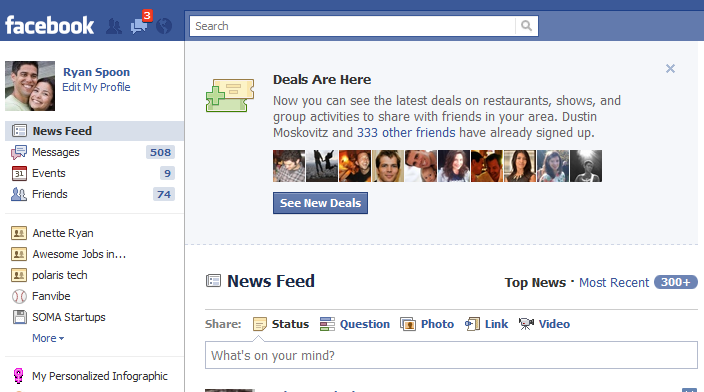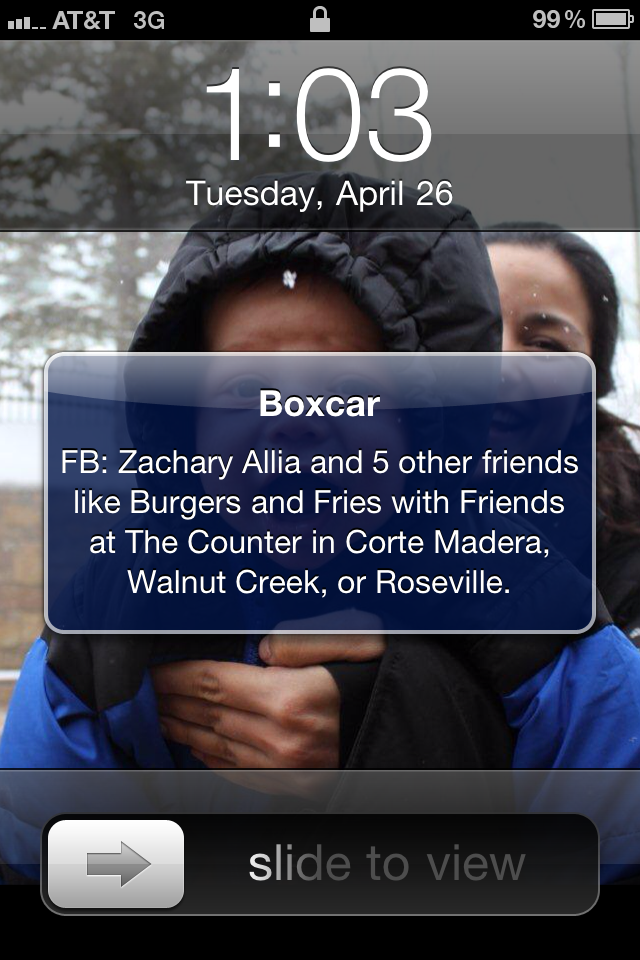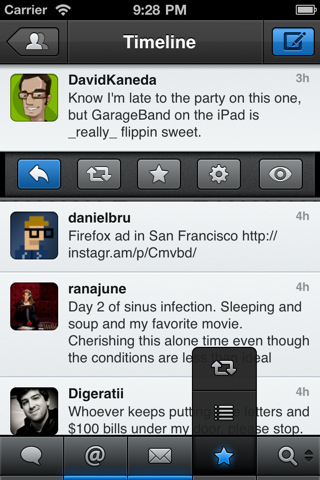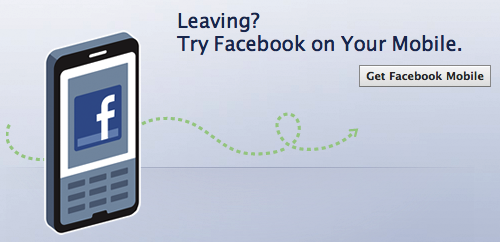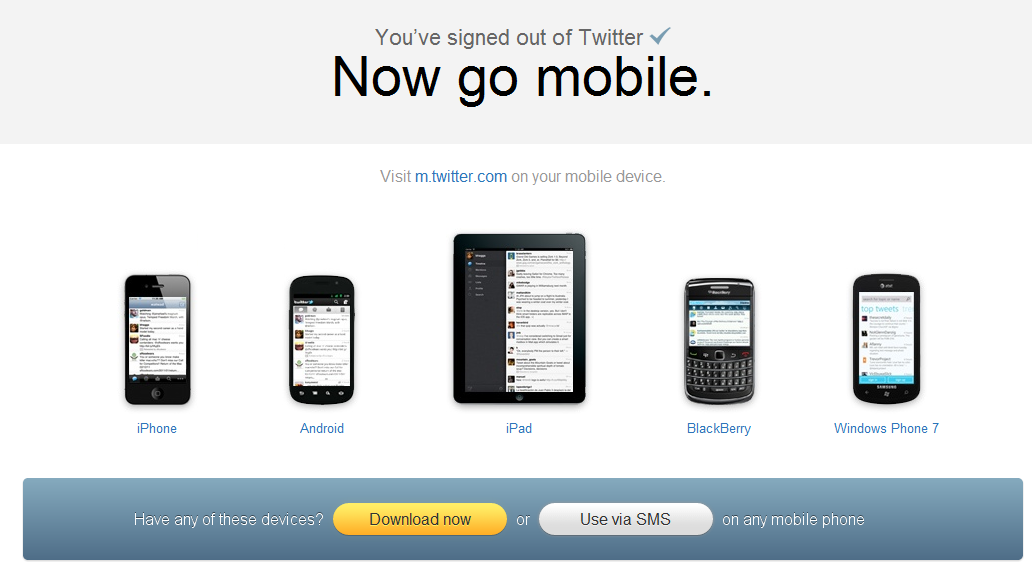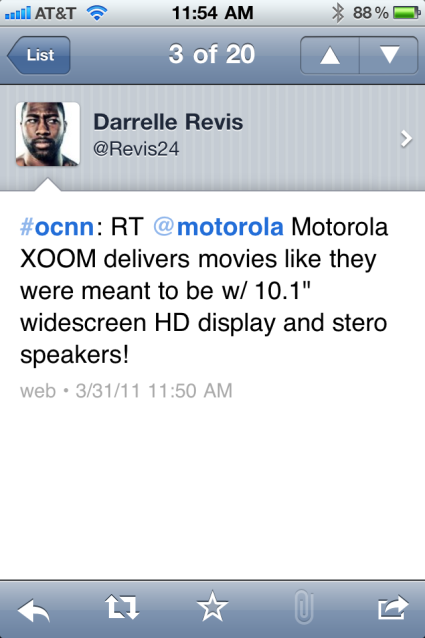As Facebook Places, Events, Groups, Photos, Mobile, etc begin to interact with each other, it is clear that a common thread: location and proximity. That's why I was struck by the following test unit by Facebook, "Are You In This Location?"

First, I was not in Denver. Nor was I close (in Palo Alto). So I am not sure where exactly they are getting the suggested location.
Second, assuming they can intelligently understand location (particularly easy with mobile activity), what does this lead to? My gut is that location becomes a secondary social filter (obviously behind friends) and the uniting component between Facebook several new products.
Lastly, this suggests an attempt to automate the location field... otherwise it would be positioned as "Where are you?" and the input field would be open-ended rather than binary (correct / incorrect).




